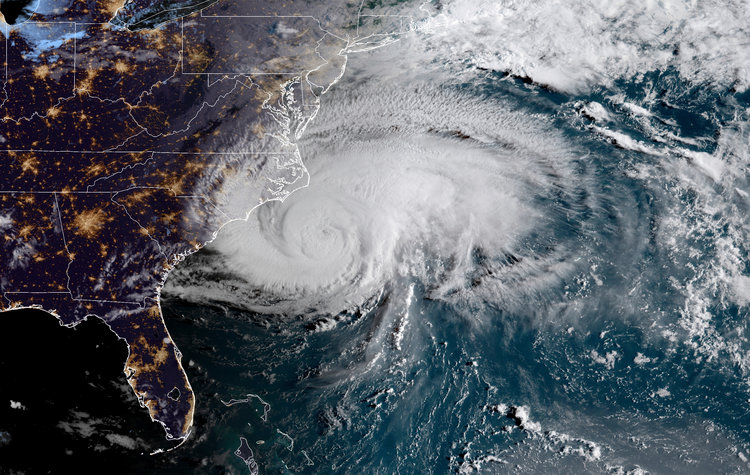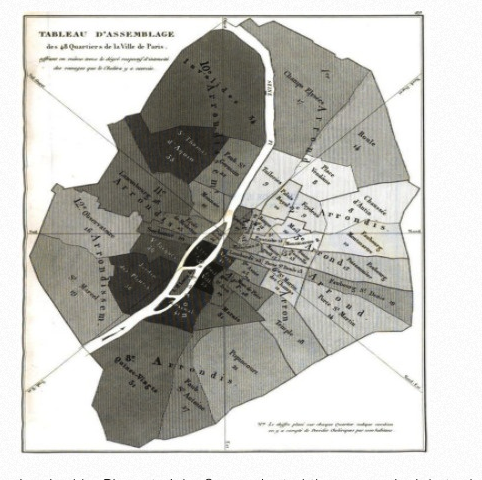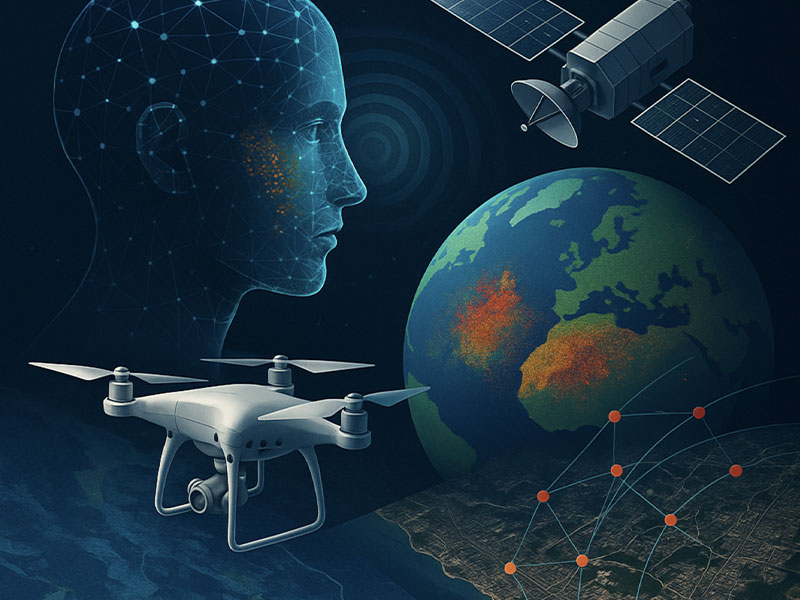GIS in infancy
The beginnings of GIS can be traced to the invention of the first flying machines! Hot air balloons were the first method of aerial imaging, soon followed by the airplane invented in 1903 by the Wright brothers. Photographs from the sky were used as the first geographic mapping tools!

What’s the Weather?
Geospatial technologies are a huge part of weather forecasting! It allows meteorologists to easily track trends in weather patterns over large areas and over long spans of time. One of the most important parts of weather tracking is the ability to predict dangerous conditions like hurricanes and tornadoes. GIS has saved countless lives in recent years with its predictions!

GIS vs. GPS
GIS and GPS are very similar, but have different practical uses. GPS (Global Positioning System) is used to track the position of a single object on earth. This system has a lot more practical applications, from finding your lost dog, to seeing how long the bus is going to take, GPS has revolutionized the world of geographic information! At CyOak, however, we deal with GIS. GIS is used to survey and image a large area of land. The images are primarily used for analyzing data, mapping trends, and planning for the future. This booming industry has countless applications from agriculture to city planning!

Tracking Global Trends
GIS can be used to visualize and track the spread of epidemics! The first instance of this was in 1832 when Charles Picquet created a map showing the outbreak of cholera in 48 districts of Paris. Using a color gradient, the geographer graphed the map according to the percentage of fatalities per 1000 inhabitants. This model of mapping has since been adopted and adapted, we even use it today while tracking the covid pandemic.




